As soon as the red fallen leaves of autumn diffuse all around, one knows it is time to shop for warmer wraps and apparel. Winter is about to begin and warmth and comfort are all that we can think about. Amidst that, do we let go of style? Should we compromise on looking stylish, and layer on with whatever we find, and however it looks. Or should we choose something that is warm, as well as dressy? Well, we do have something in store for those who won't let go of their dapper appearance. A Kashmir Pashmina Shawl is as warm & comfortable as it is exquisitely graceful. But the question is do we really need to invest in such an expensive fabric? Isn't it just wool after all?
Also read: 5 reasons why Kashmiri Shawls are expensive
What is Pashmina?
Pashmina is the art of handcrafting luxury wraps - shawls and scarves - out of fine Cashmere wool. Cashmere comes from Ladakh, where a rare goat species grows it over its body.
How is Cashmere collected?
The Winter season is the most difficult period in the lives of the Buddhist tribes, which rear Changthangi goats. The temperature drops to -40 degrees Celsius and the area is cut off from the entire world due to heaps of snow covering possibly everything. It is just these domesticated animals - goats and sheep - which survive themselves and their herders alike. Changthangi goats, as a defense mechanism, naturally grow Cashmere wool over their underbelly, behind their ears, around their neck, and other smaller portions of their body. This helps protect them against one of the harshest climatic conditions in the world.
Spring season is the moulting season for the Ladakhi goat, also known as Changpa/ Pashmina/ Cashmere goat. As soon as Spring arrives in Ladakh (April-May), the goat naturally sheds this wool. And, this is again a defense against the sun's warmth, which too, like winters, is severe in this region, 14000 feet above sea level. The Cashmere is collected from all over the area where goats have rubbed their bodies. Wool might be found on harsh walls, stones, coarse bushes, and smaller hilly peaks in the area where goats reside. Some portion of Cashmere left on the body of the goats is professionally combed off from their body, gently and ethically. All the lumps of wool and cleaned and stored in small packets
Also read: Are Animals killed for Pashmina?
Processing of Cashmere for Pashmina
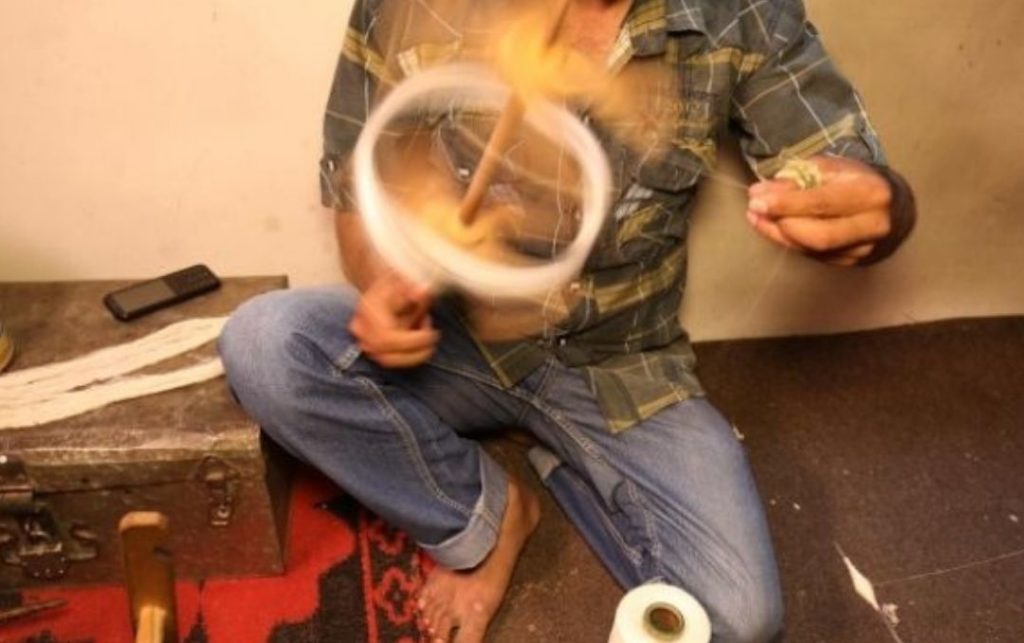
Packets of raw wool are sent to Kashmir, where their processing takes place. Lumps of raw Cashmere are spun into yarn, and the yarn is hand woven to produce Pashmina shawls, stoles, Cashmere scarves, and other small accessories.
It should be noted that a Pashmina shawl goes through hundreds of specialist artisan hands before getting ready to wear.
Why Pashminas?
It's not just the way Pashmina looks and feels, but there are a thousand reasons why Pashmina is a winter wardrobe essential. Here are a few of them:
1.
Warmth
If warmth is all you need this chilly season, it's time you pick a Pashmina shawl as soon as Fall arrives. Pashmina has perfect insulation properties which prevent cold to touch your skin, as well as trap heat inside. As such, Pashmina shawls and scarves are ideal for the sudden temperature drops, as well as the full-fledged winter season.
2.
Style
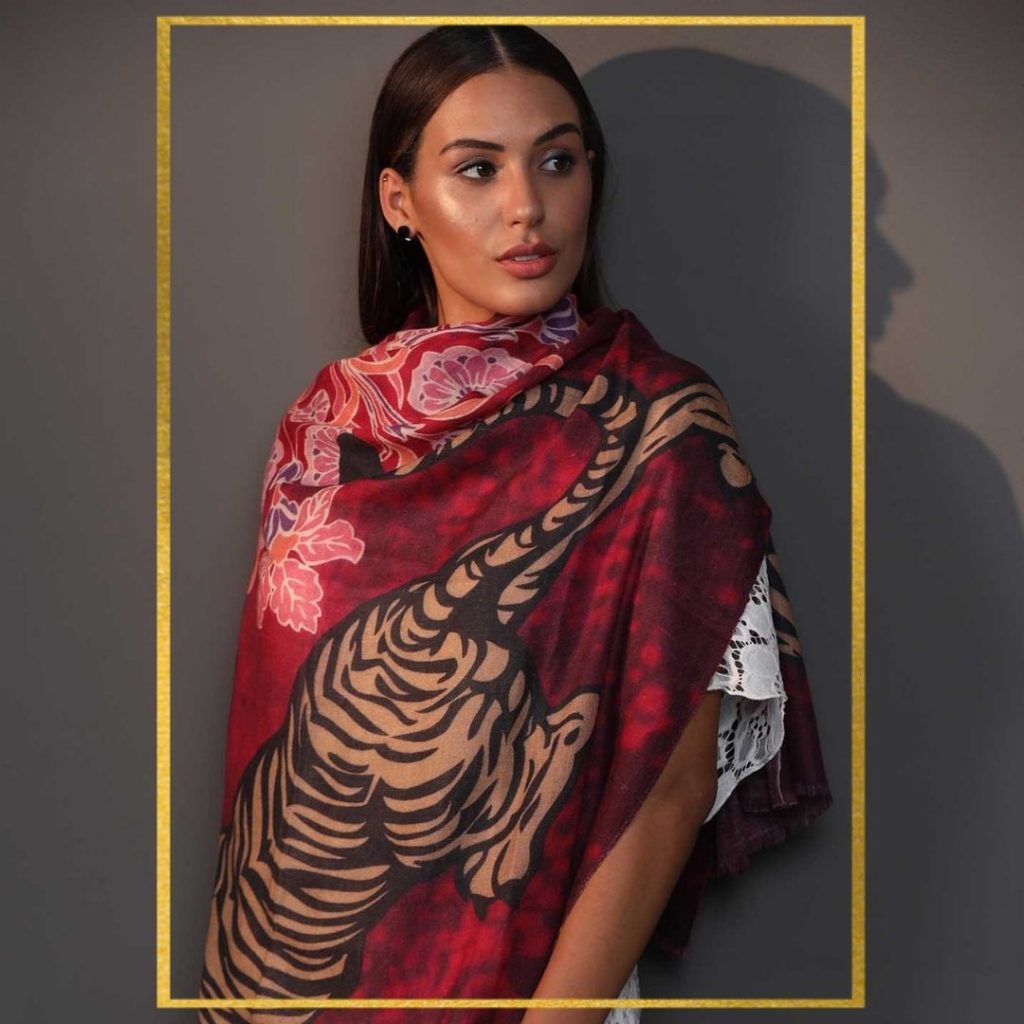
As far as being stylish goes, Pashmina shawl and scarves will never disappoint you. Be it the myriads of colors in solid pashmina wraps, the animal prints and striped patterns, hand embroidery pieces, or luxury Kani shawls, Pashmina is simply timeless and elegant. In addition to being versatile, there are so many ways you can style a Pashmina wrap, which adds to its style quotient.
3.
Versatile
Pashmina shawls are perhaps the most versatile wrap accessories when it comes to winter fashion. You can have Pashmina shawls informal, semi-formal, casual, styles. There are Pashmina shawls for weddings, for gifting, for bridesmaids, which are usually embroidered ones or Kani shawls. For a casual get-together, prints, patterns, and ombre shaded Pashmina wraps look amazing. Formal occasions demand minimalism, and hence pastel-shaded solids or stripes and checks look graceful.
4.
Timeless
If taken proper care of, a Pashmina shawl will last for ages. It is believed that brides in Kashmir would get their mothers' shawls as wedding gifts. These shawls would be sometimes 30 years old and would exude a vintage elegance.
Pashmina wraps have to hand washed with mild shampoos and air-dried naturally. These need proper clean and dry storage and have to be kept away from moths. This way Pashminas last for years together.
Also read: How to wash Cashmere at home?
5.
Hand Made
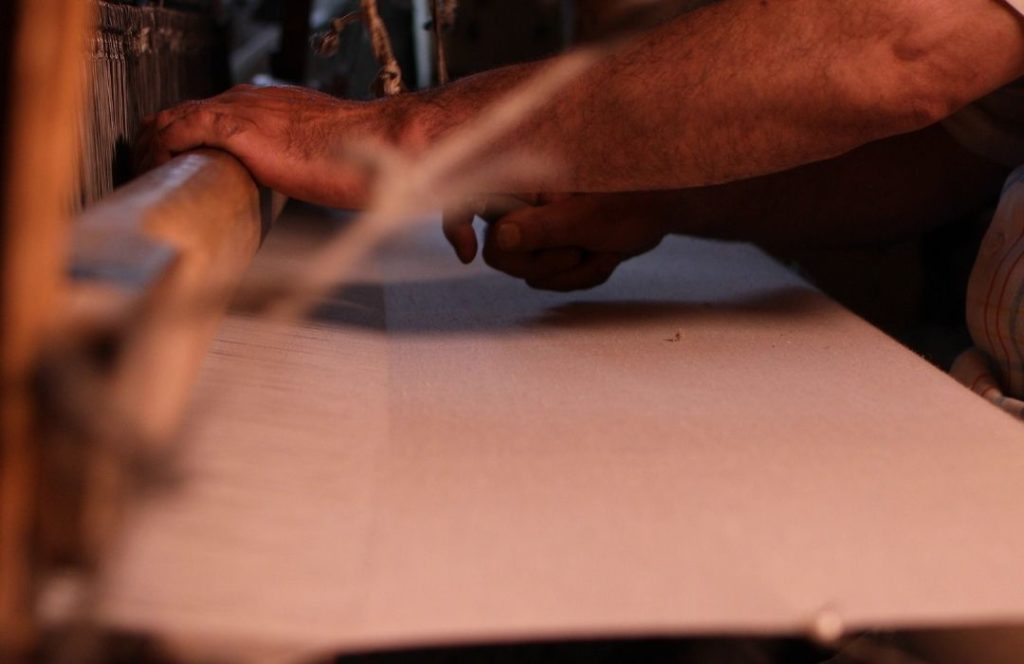
Pashmina is handcrafted from raw Cashmere wool. This wool is the down fibre of a Ladakhi goat which is domestic yet rare. The goat sheds this wool in the Spring season after using it as a defense against harsh winters of the region. This wool is collected and manually cleaned, to begin with. Post this, it is manually spun on a wooden traditional spinning wheel which helps convert lumps of wool to fine yarn. Yarn is handed over to weavers who hand weave the same over wooden handlooms indigenous to the valley of Kashmir. This results in the production of Pashmina shawls, which are later hand embroidered or hand-dyed, according to the customer's preferences.
Being handmade makes Pashmina shawls exclusive, graceful and even more special.
6.
Lightweight
The yarn of Cashmere is just 12 to 16 microns in diameter. And a complete Pashmina shawl of 100*200 cm is just around 400 grams. This makes Pashmina exceptionally lightweight, hence easy to carry. And women prefer this comfort rather than being laden with heavy jackets, coats, or mufflers.
The finesse of Pashmina shawls makes them valuable, rich and cherished all over the world.
7.
Sustainable
Your shopping for Pashmina is a responsible one, as Pashmina making is sustainable. The raw material is a natural fibre, and hence biodegradable. It is acquired ethically and is hence cruelty-free. Pashmina shawls are prepared without the use of machines or power looms, and hence are eco-friendly, safe for the planet.
In addition to this, Pashmina wraps endorse slow fashion. These timeless accessories last more than 20 years if taken proper care of.
8.
January to December
Since Pashmina is a natural insulator, it can be worn almost all year round. It is breathable, hence never causes sweating and excessive warmth. It is comfortable to wear in Winters, Spring, and Autumn, as well as a sudden temperature dip in summers.
9.
Historical
Pashmina shawls were discovered by Shah E Hamdan, a Persian Saint, who came to Kashmir for a visit. He discovered Cashmere in Ladakh and ordered socks to be made out of it. These socks were gifted to the then king of Kashmir, who was impressed, ordered manufacturing units to be made of the same. Hence Kashmir processed raw Cashmere which came from Ladakh and became the hub of Pashmina shawls.
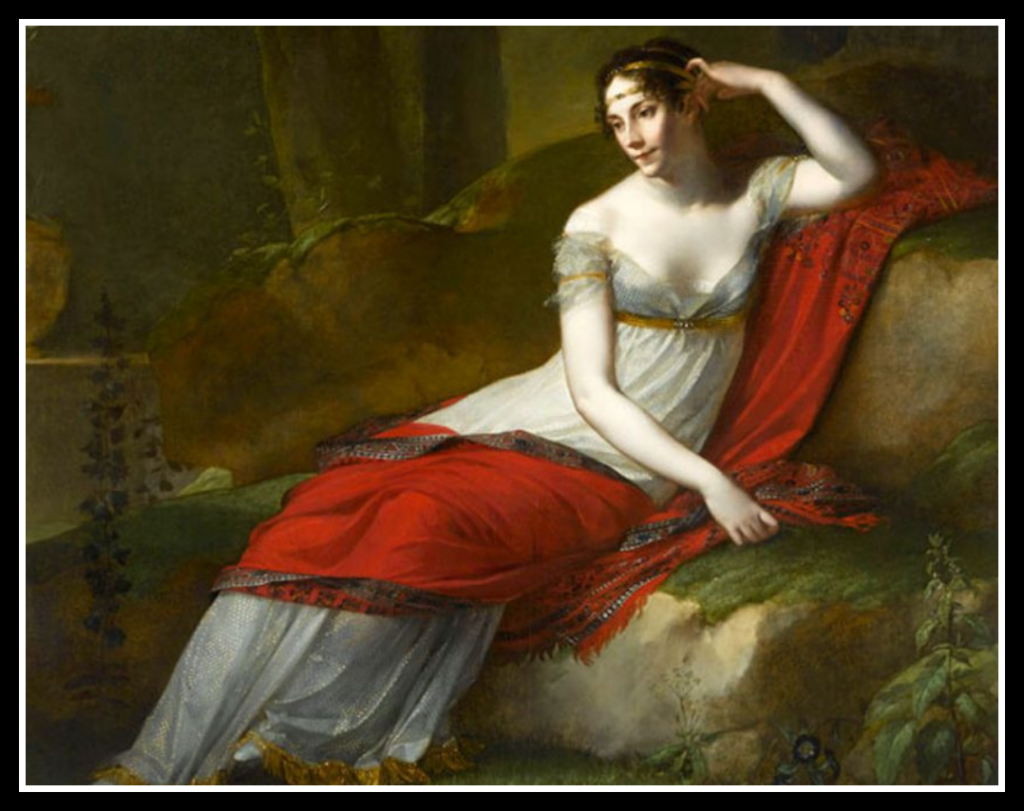
Soon this news spread all over the world, and as soon as Europeans heard of the same, they visited the valley. Later, bulk exports from Kashmir to Europe took place for a long period. Among the patrons of Pashmina shawls was Empress Josephine who owned hundreds of Kani shawls from Kashmir. After the Empress set Kani shawls to a timeless fashion, its demand increased manifold. Since then, till now, the grace of Pashmina shawls haven't changed a tad; in fact has modified to be able to delight women and men of all ages, on all occasions.
Also read: The Kashmiri shawl: Early History and Literature
10.
Gifting
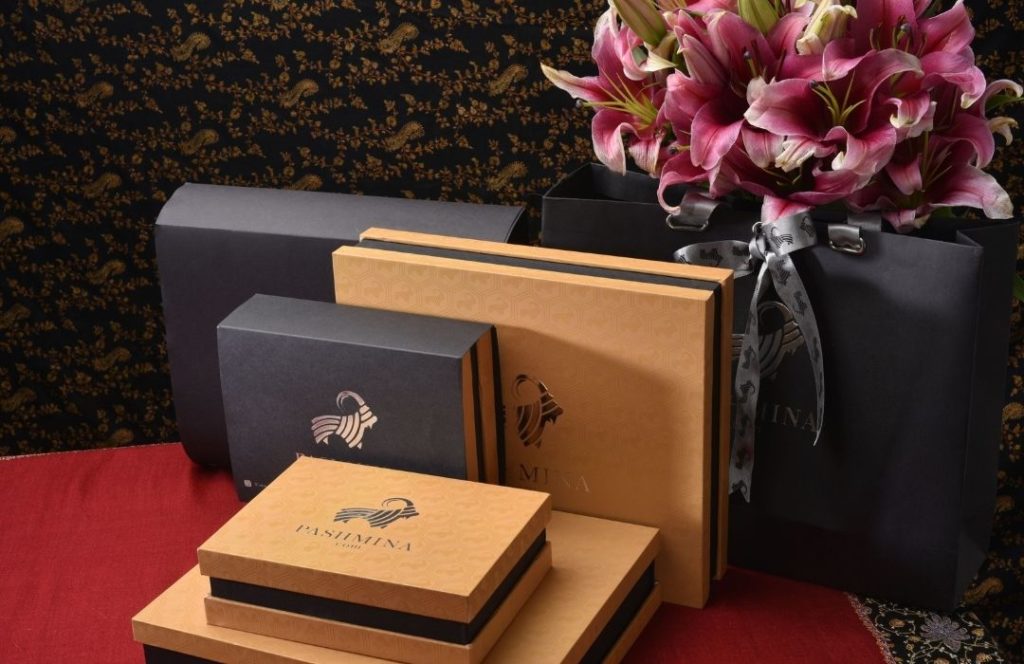
If you know an affluent person, who has everything in life, you know how difficult it is to buy them a gift. But a Pashmina shawl will always serve the purpose. Be it gifting them on their birthday, or on their wedding day, Pashmina shawls impress every time.